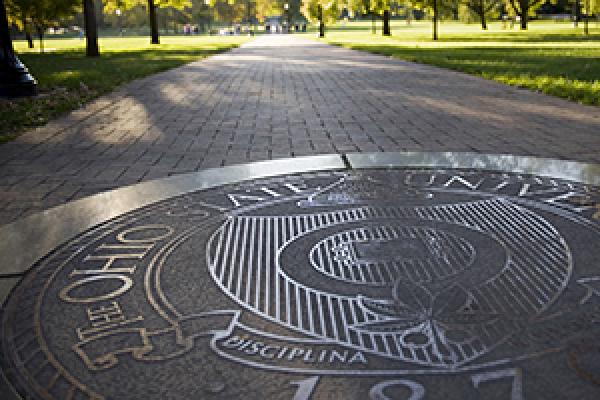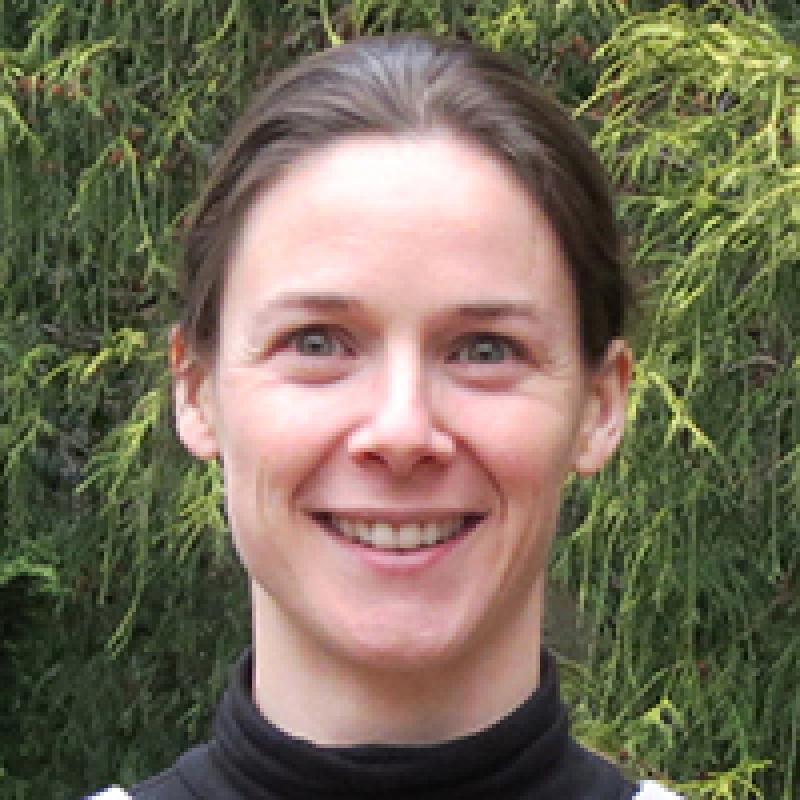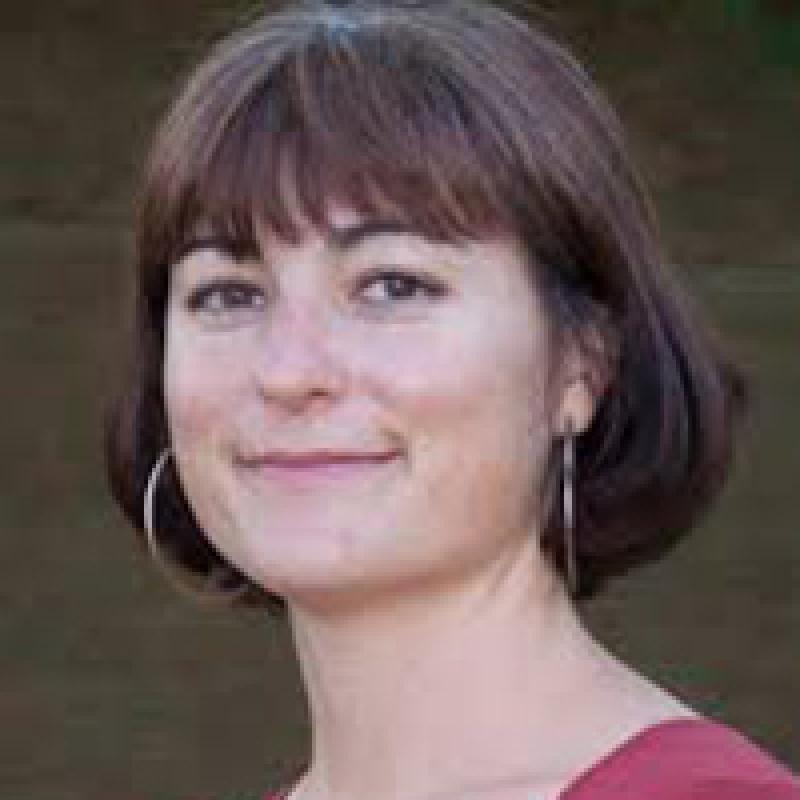Four ASC faculty members have been awarded the Battelle Engineering, Technology and Human Affairs (BETHA) grant. The Battelle Memorial Institute-Ohio State partnership fosters programs that examine the complex relationship between science and technology and broader social and cultural issues. Thirty-three proposals were submitted for the 2017 competition, of which five projects were selected for funding — four of which are from the Arts and Sciences.
, assistant professor, Department of Linguistics, was awarded a $23,000 grant for her project, “Assessing Trustworthiness in Social Media.” The rise of social media has created an information flood, but which information can be trusted? Factors including exact language used and the credibility of the source impact the veridicality of a statement. This project uses the analysis of veridicality and trustworthiness in social media as a gateway to engage students in linguistics and computer science. A course module will be developed to include introductory linguistics and programming assignments, culminating in an interactive demo that assesses the credibility of social media accounts and rates the veridicality of claims in social media.
De Marneffe’s main interests are computational linguistics and language acquisition, and she is part of Ohio State’s Computational Linguistics and Language Technology Lab.
, assistant professor, Department of Speech and Hearing Science, was awarded $10,499 for her project, “Using Technology to Support Communication: Training Parent and Teacher Buy-in,” investigating the impact of teacher and parent buy-in training on Alternative and Augmentative Communication (AAC) devices. AAC devices enable individuals who are unable to communicate effectively using spoken language to communicate. Although the use of smartphones and tablets as AAC devices has increased awareness of and access to AAC, these devices continue to be abandoned or rejected.
Ellawadi’s research focuses on language development in individuals with autism spectrum disorders and the role of domain-general processes in language development. She teaches courses on autism spectrum disorders, communication and its disorders and research methods.
Maria Miriti, associate professor, Department of Evolution, Ecology and Organismal Biology (EEOB), was awarded $47,702.18 for her project, “Community Gardens as Tools to Promote Science Education.” Efforts to engage more underrepresented minorities in STEM science disciplines commonly target undergraduates by providing research opportunities. However, Miriti finds that over the past 20 years, such efforts have not appreciably increased the diversity profile of EEOB scientists. Miriti’s project takes advantage of a growing national movement that promotes healthy eating in food deserts, empowers participants and promotes social change — community gardening — to engage students at a younger age. Applying Participatory Action Research — these students will interact with science professionals and youth from other communities to design and plan garden space, while becoming immersed in science, exploring human impacts on the environment and discovering pathways to STEM careers.
Mariti’s research incorporates experimental and demographic methods to address factors that regulate plant populations and communities. Currently she is assessing responses of native and exotic herbaceous plants to variation in nutrient levels and the population and community dynamics of desert perennials of the Colorado Desert in California.
Derek Sawyer, assistant professor, School of Earth Sciences, was awarded $31,140 for his project, “Shake the Shoe: Connecting Earthquake Science and Football with the Best Fans in the Land.” Sawyer is taking his research into a new arena to study the vibrations created by the 100,000-plus fans during Ohio State football games, which can be recorded and analyzed just like an actual earthquake. The “Shake the Shoe” project will use seismometers to measure these “FanQuakes” at the Shoe. Then, data obtained will be used as an education and outreach tool about the science, technology and hazards associated with earthquakes. Classroom exercises, a publicly accessible website and interactive exhibits at COSI and other locations will engage and inspire current and future students and leaders.
Sawyer investigates four primary topics: feedback between dynamic sedimentary systems and subsurface fluid pressure and stress; seismicity and its role in tsunami and underwater landslides; modern deep-water settings with underwater landslides, salt tectonics, and fluid expulsion; and energy resources in unconventional hydrocarbon systems of marine methane hydrates and onshore black shales.



